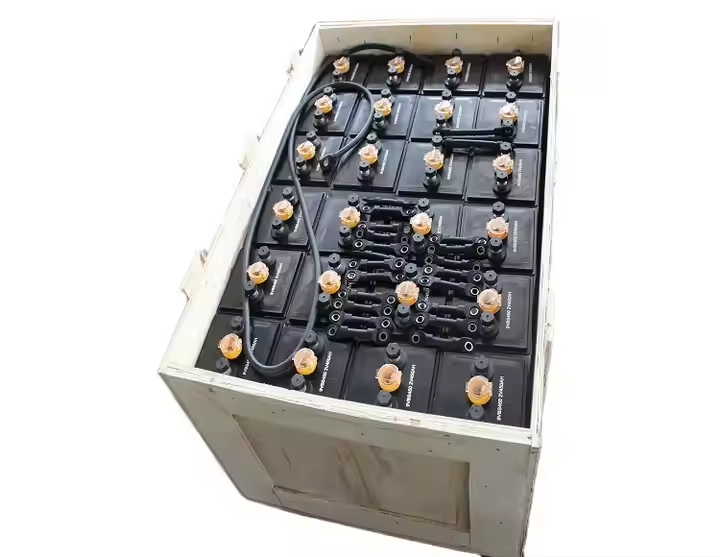DIY electronics projects are a great way to learn about technology while having fun. If you enjoy building things and working with simple circuits, then AMB82-Mini flashing buttons might be the perfect component for your next project. These tiny, light-up buttons are easy to use, making them ideal for beginners or anyone who loves crafting fun, interactive gadgets. In this article, we’ll explain what AMB82-Mini flashing buttons are, how they work, and how to use them in your DIY projects.
What Are AMB82-Mini Flashing Buttons?
AMB82-Mini flashing buttons are small electronic buttons that light up and flash when you press them. They come with built-in LEDs (light-emitting diodes), so you don’t need to attach any extra lights. When you press the button, the LED flashes, adding a cool effect to your project. The buttons are compact, so they fit easily into many different devices and projects.
People use these flashing buttons in a wide variety of applications, from simple toys to wearable tech. They are great for any project that needs both a button and a light. If you are just starting out with electronics or want to add a fun, flashy element to your design, these buttons are a fantastic option.

Why Use AMB82-Mini Flashing Buttons?
There are a few reasons why AMB82-Mini flashing buttons are so popular in DIY electronics:
- Easy to Use: You don’t need to be an expert to work with these buttons. They are simple to connect to your circuit.
- Compact Size: Their small size makes them easy to fit into even tiny projects.
- Built-In LED: The flashing light is already included in the button, so you don’t have to attach extra parts.
- Low Power: These buttons don’t use much power, which is great for battery-powered projects.
- Durable: AMB82-Mini flashing buttons are sturdy enough to handle repeated use.
What You Need for Your Project
To get started with AMB82-Mini flashing buttons, you’ll need some basic tools and materials:
- AMB82-Mini Flashing Buttons: You can buy these buttons online or at electronics stores.
- Soldering Kit: If you want to make a permanent circuit, you’ll need to solder the button to your project.
- Microcontroller (Optional): If you want to control the button with code, you can use a microcontroller like an Arduino or Raspberry Pi.
- Resistors: A resistor helps control the amount of current going through the button.
- Power Source: Batteries or a power supply will be needed to power your circuit.
- Breadboard and Jumper Wires: These tools help you easily test and build your circuit without permanent connections.
Step-by-Step Guide to Using AMB82-Mini Flashing Buttons
Let’s walk through the steps for using AMB82-Mini flashing buttons in your project.
Step 1: Set Up Your Circuit
First, decide how you want to arrange your circuit. A breadboard is helpful for testing the button before you make anything permanent. Place your AMB82-Mini flashing button on the breadboard, which will hold the button in place while you work.
Step 2: Connect the Button
Use jumper wires to connect the button’s two leads (wires) to your circuit. One lead should go to the positive power source, like a battery. The other lead should be connected to the ground (negative) part of your circuit. If you want to control the button using a microcontroller, connect one lead to an input pin on the controller.
Step 3: Add a Resistor
To protect the LED in your button, you need to use a resistor. A resistor limits the current going through the LED, so it doesn’t burn out. A resistor with a value of about 220-330 ohms usually works well. Place the resistor in series with the button to ensure the current stays low.
Step 4: Test Your Circuit
Once everything is connected, press the AMB82-Mini flashing button. If your circuit is set up correctly, the LED in the button will light up and flash when you press it. If the light doesn’t come on, check your connections and make sure everything is securely in place.
Step 5: (Optional) Use a Microcontroller
If you want to add more control to your project, such as programming the button to flash in certain patterns, you can connect it to a microcontroller like Arduino. This allows you to write code that determines when and how the button flashes. It’s a great way to add more complexity to your project if you’re feeling adventurous.
Fun Projects with AMB82-Mini Flashing Buttons
Now that you know how to use AMB82-Mini flashing buttons, you can start thinking about what kind of projects to build. Here are a few fun ideas to get you started:
- Light-Up Greeting Cards: Make a homemade greeting card that flashes when someone presses a button.
- DIY Game Controller: Build your own game controller that lights up with each button press.
- Interactive Wearables: Add these buttons to clothing or accessories to make a cool light-up outfit or bag.
- Electronic Toys: Use AMB82-Mini flashing buttons to make toys that light up when played with.
Conclusion
AMB82-Mini flashing buttons are an exciting and simple way to bring your DIY projects to life. Whether you’re just getting started with electronics or are looking for new components to experiment with, these flashing buttons are easy to use and add a fun, interactive element to any project. With just a few basic tools and some creativity, you can build all kinds of fun gadgets using AMB82-Mini flashing buttons. Give them a try and see what amazing things you can create!




